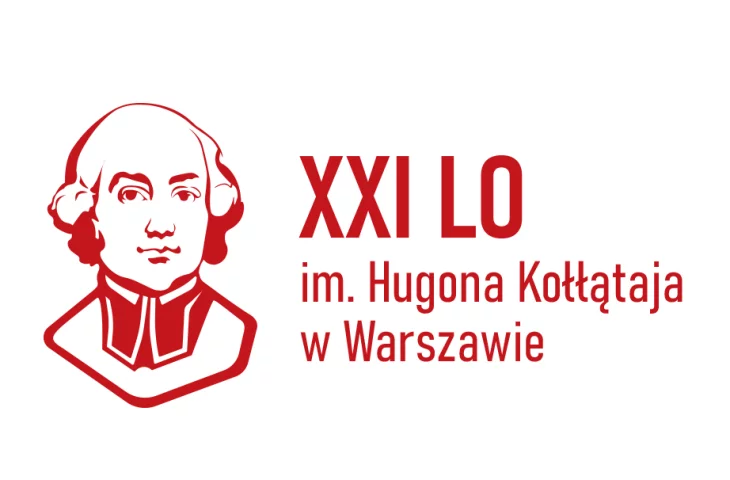As of the new school year 2021/2022, a class with an architectural profile will operate at the Hugo Kołłątaj XXI High School in Warsaw. The Association of Polish Architects and the Chamber of Architects of the Republic of Poland have assumed substantive patronage of the initiative, and Architecture&Business has also begun cooperation with the school.
In Poland, more and more attention is being paid to architectural education - the National Institute of Architecture and Urban Planning has created the Architecture for Education (ADE) platform, the Chamber of Polish Architects runs an educational program for schoolchildren called "Shaping Space," and for slightly younger children (pre-school and elementary school students) the National Cultural Center directs "Archi-adventures." These initiatives are gratifying; after all, the quality of public space and concern for the surrounding environment (both built and natural) are worth teaching from an early age.
Teachers of XXI High School in Warsaw, where a class with an architectural profile will be created (the only one of its kind on the map of Warsaw high schools and one of the few in Poland), want to draw the attention of their students to these issues.
Today's observed increase in the role of visual culture indicates the directions of educational development, which must not overlook teaching through art and the use of cultural resources, as well as the practical and theoretical achievements of art educators. Incorporating art and creative didactic methods into teaching processes is an effective way of shaping an aesthetic educational space, so I have no doubts about the success of the architecture class, in which we will strengthen the spatial vision and creative thinking of students," says Malgorzata Minchberg, who will teach drawing classes to the class with an architectural profile. - We would like our graduates to be mindful of the ecology and aesthetics of their surroundings when embarking on bold professional ventures in today's dynamically changing world," she adds.
Wioletta Dębiec, director of XXI LO, talks about the curriculum in the architecture class.
Ola Kloc: Where did you get the idea to create a class with an architectural profile?
Wioletta Dębiec: We want Kollataj High School to stand out with its educational offer among Warsaw high schools. Artistic skills (drawing technique, perception of space or awareness of various aesthetic forms) combined with a high level of implementation of the science curriculum can be a good basis for continuing education at many university and polytechnic faculties, with particular emphasis on architectural majors. I am convinced that this is a step towards improving the education of high school students in the directions outlined above.
Ola Kloc: The curriculum includes lessons in drawing, art history, computer science and computer graphics, among other things, what other non-architectural activities and events can students expect?
Wioletta Dębiec: Students will learn in a comprehensively equipped studio - with easels and tables adapted to the needs of future architects. Drawing lessons will be held throughout the four years of schooling at three hours a week, divided into groups (depending on the needs of students in the architecture or design direction). Computer classes, in turn, will be held in a modern computer lab equipped with professional equipment. Thanks to cooperation with the Chamber of Polish Architects and the SARP association, students will participate in interesting lectures, and representatives of the above institutions will conduct practical and theoretical classes at our school. In addition, outdoor trips will be jointly organized, and young people will be able to take advantage of the rich training resources of both partners in the venture.
Ola Kloc: What in particular during the classes would you like to sensitize future architects to?
Wioletta Dębiec: Our goal is to sensitize our students to several important elements. We want to develop visual culture, which determines the direction in which education is developing today. We want not only to teach through art, but also to use cultural resources and the achievements of art educators. The author of the curriculum for this class - Ms. Margaret Minchberg - convinced me that incorporating art and creative didactic methods into teaching processes is an opportunity to shape an aesthetic educational space. It is important to us that the various sciences correspond with art. We want to support and develop diversity among our students.
Ola Kloc: Thank you for the interview.














